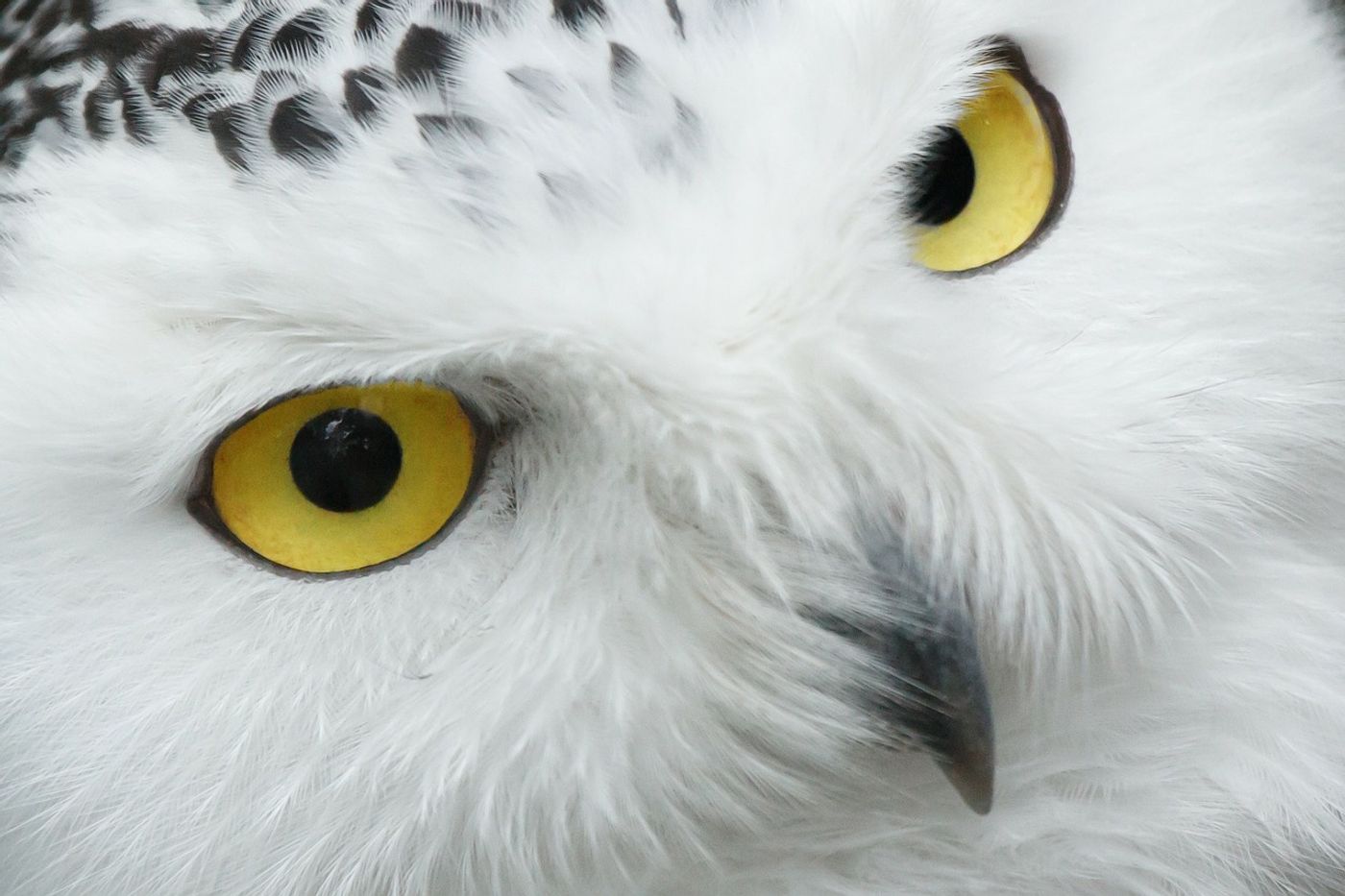Migration Season Gives Scientists an Opportunity to Study Snowy Owls
As beautiful as the snowy owl is, animal experts know very little about it. On the other hand, their extensive headcount near the Great Lakes in the Northern United States signals how their migration season is upon us.
Image Credit: Pixabay
For researchers, it’s an opportunity to trap a few snowy owls and outfit them with specialized tracking devices that can tell us more about their unique lifestyle. Among the types of information that these transmitters provide are movement patterns and environmental conditions encompassing the raptors, among other things.
"There is still a lot that we don't know about them, but we aim to answer the questions in the next few years," said Canadian biologist Jean-Francois Therrien, a senior researcher at Hawk Mountain Sanctuary in Pennsylvania.
"They look around the Arctic. The movement is amazing to watch on a map: There are no straight lines. They're zigzagging."
Related: Snowy owls in Southern climates?
These transmitters operate via solar power and utilize the same cellular towers that our smartphones and tablets use to send and receive internet data. Whenever a tracked snowy owl flies within proximity of one of these towers, the device uploads information to a private database for researchers to study on a computer.
Initial estimates suggested that there might be around 300,000 snowy owls in the wild, but the researchers involved with this study say that number is probably closer to 30,000. Nevertheless, there isn’t enough recorded information about snowy owls to know if their populations are declining or not.
Given just how little we know about them, the International Union for the Conservation of Nature (IUCN) lists the bird on the organization's Red List as a “vulnerable” species.
Related: Barn owls' sense of hearing doesn't deteriorate with age
Conservationists hope that this research might spur discoveries concerning the species’ lifestyle and wild population numbers. The snowy owl’s diet is of particular interest because fluctuations in natural food source availability could set off a chain reaction that impacts the snowy owls directly.
Climate change is one of the driving factors that can impact the snowy owl’s natural prey, such a lemmings, and it’s something that researchers want to keep a close eye on. Since there isn’t much of a starting point for snowy owl populations today, it’s vital that we gather data as soon as possible so that we can take the proper steps for conservation when the time comes.
It should be interesting to see what the researchers can gather from the new tracking data; with any luck, it will go on to benefit scientific research.
Source: Phys.org









